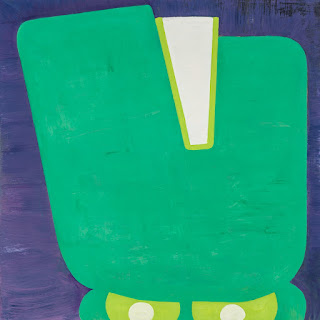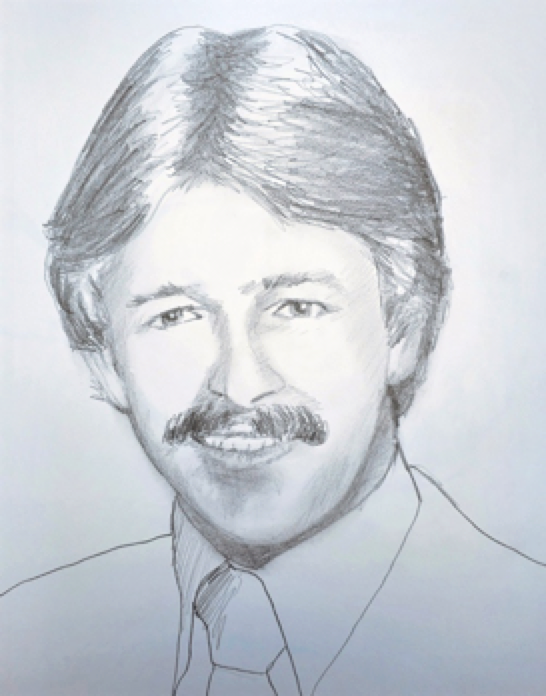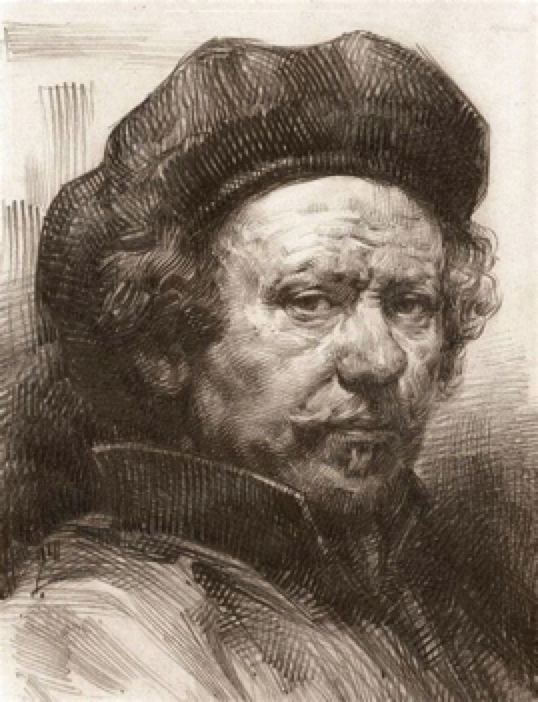10/23/25 - 11/16/25
Curated by Anne Trauben
by Anna Nakoussov
11/8/25
“Home is Where the Heart Is” in the Terrarium Gallery at Drawing Rooms, is curated by Anne Trauben. The artists in this exhibition respond to the question “What is the stage set of your interior life?,” evoking feelings of curiosity – as though one is gazing through various windows hoping to savor a new interior – as you walk throughout the gallery.
The group show, dedicated to The Beatles, gets its name from their final album "Let It Be," and in particular the song “Two of Us,” which Paul dedicated to his travel adventures with his girlfriend. Upon entering the space, the group exhibition is accompanied with a backing track of The Beatles, pairing with the playful and colorful, yet intimate, artworks of inanimate objects that make up our homes and our lives.
Anne Trauben’s curation is thoughtful and engaging, with the bold and bright colors of this exhibit coming together to create a patchwork of intimate snapshots, reflecting a larger picture of what we call home. The utilization of color throughout this exhibit struck me, as the bright colors seen across the show drew my eyes from one wall to another.The artwork throughout the exhibit does not necessarily take the word “interior” literally for the visual focus, with some pieces rather focusing on looking at the outside from within an interior, or using mixed media elements, leaving the work three-dimensional and facing outwards towards the viewer.
Eva Weiss’ pieces reflect this interpretation of looking at the exterior from the interior to set the stage of intimate life. Her paintings utilize color and depth to create some distance between the viewer and the life outside the window, creating a sense of isolation and contentment. In Weiss’ painting “Neighbors Outside Window”, you see other people in the background, prompting the question of whether you are in this community amongst them, or rather at a distance – simply observing those that make up something outside ones’ personal life. This view is barely obstructed by curtains and pairs with the various plants on the windowsill, creating a fresh air of space between the foreground and background. Weiss’ “Tree During Sunset” contrasts to her first, depicting a lone tree against a colorful orange and yellow sky. The tree is obstructed by the windowsill at an off-center angle, creating more blockage between the exterior and interior, yet leaving an extra edge of space to escape into the outside world.
Efrat Baler-Moses, Pipe Dreams, Off the Wall
Efrat Baler-Moses’ work “Pipe Dreams, Off the Wall” comes towards the viewer, with the mixed media piece featuring a physical chair, complemented by a smoking pipe laying on the seat. The work’s brown and blue colors are met with white and cream negative space, indicating something is missing, or has been washed out in the glare of the light. A paint-covered cloth tugs from the work, enveloping the back of the chair. This piece leads me to a sense of contemplation – with the abandoned scene and smoking pipe brought together by a cloth visually resembling a lone curtain left to billow by an open window – as though both a figure and a dream departed after an unattainable vision, escaping through the painting. It's unclear to me whether the scene was left abandoned in search of the “pipe dream” – an interior life left behind – or if it is the pipe dream itself that lingers here, beckoning through an exposed curtain, yet left static on a chair, dying smoke puffing from a lone pipe.
Oxana Kovalchuk’s “Home That Is Always With Me” is reminiscent of a nesting doll — also known as a Matryoshka doll in Slavic cultures — in which gradually smaller dolls “nest” inside one another. These dolls have been historically interpreted to represent a variety of themes, from layers within oneself to motherhood. In this piece, I see a nesting doll analogy through the visual of the red dollhouse within the yellow dollhouse within the interior of a larger house, with the window of this house showing a glimpse of a town with other homes in the distance. One wall of the yellow dollhouse has been pushed out and lays flat, with each window pane further depicting a small slice of life — a woman’s smiling face, tree branches against a blue sky, a brick wall. This Matryoshka of houses evokes a childlike curiosity — a desire to peer through every small window, rifle through the unknown contents of the red dollhouse. This piece feels tranquil yet secretive, leaving me with a desire to unearth and unpeel each layer at a leisurely pace.
It feels as though Kovalchuk’s work may also represent a darker, more mysterious facet of suburbs and cities. You’re left not knowing what is going on within the red house, while the yellow house bares its own interior as seemingly empty, only a reflection remaining in the windows.

Anne Gilley’s, Breakfast Table
Anne Gilley’s “Breakfast Table” and “Interior with Chandelier” contrasts, yet compliments, the more colorful works in this exhibit, with her use of creams, greens, and browns, coming together to create a smoky shadow of an image. The glimpses of furniture and object details here are antique, with ornate curves and symmetrical ridges. It feels almost as though one is observing a period piece room in a museum – left perfectly preserved, yet with shadowed history felt throughout the space. Gilley’s works are murky, as though a fog or water – or perhaps a distance memory – obstruct the viewer from peering further into the scene she has set. The sense of perfect preservation is coupled with a flurry of mystery, with questions of what is being kept in the diluted distance, beyond our vision. All the works in “Home is Where the Heart Is” form a mosaic of unique and creative interpretations to the question “What is the stage set of your interior life?,” utilizing perspectives and distance to purposely frame the viewer to look through an unexpected lens. Setting a render beyond a simple stage, the viewer is greeted with an invitation to gaze beyond intimate still lives. Peeking past windowsills and murky fog hoping to encounter a more familiar reflection, perhaps this interior sometimes meets us outside, or at a distance, while we attempt to initially retreat and look in.
“Home is Where the Heart Is” at Drawing Rooms features 30 artists and over 40 works that concern the theme of home. Anna Nakoussov is an NYU Gallatin student. Learn more about Anna here.













,%2011%20x%208in,%20Automotive%20Paint%20on%20Wood,%202023,%20$1800.jpeg)





























